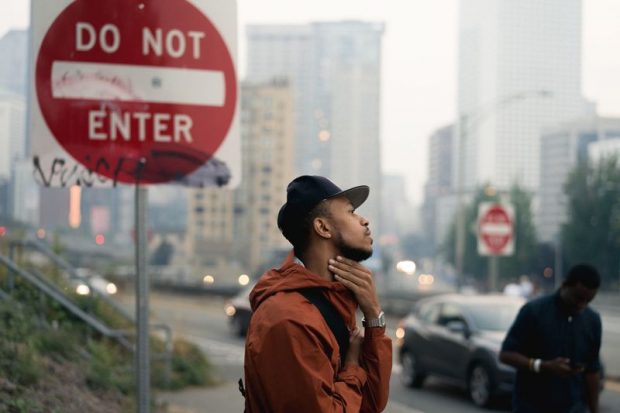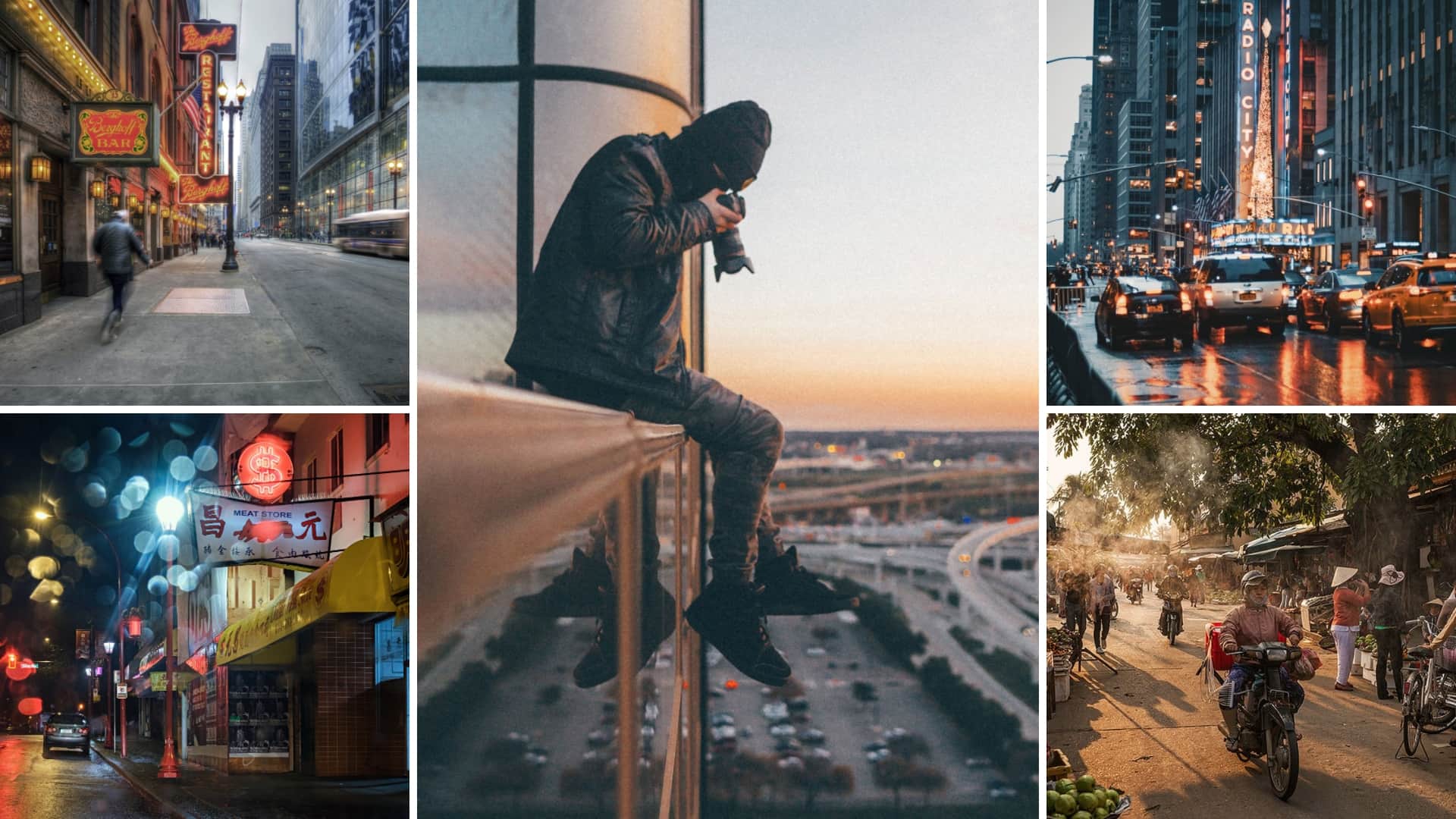Not known Details About Framing Streets
Not known Details About Framing Streets
Blog Article
How Framing Streets can Save You Time, Stress, and Money.
Table of ContentsOur Framing Streets IdeasThe Greatest Guide To Framing StreetsMore About Framing StreetsNot known Factual Statements About Framing Streets The Ultimate Guide To Framing Streets5 Easy Facts About Framing Streets Explained
Digital photography category "Crufts Pet dog Show 1968" by Tony Ray-Jones Street digital photography (additionally sometimes called honest digital photography) is photography conducted for art or inquiry that includes unmediated chance experiences and arbitrary occurrences within public places, generally with the objective of capturing pictures at a definitive or touching minute by cautious framework and timing. 
As a result his boots and legs were well specified, however he lacks body or head, since these were in motion." Charles Ngre, waterseller Charles Ngre. https://www.merchantcircle.com/blogs/framing-streets-miami-fl/2024/1/Framing-Streets-Mastering-the-Art-of-Street-Photography/2635395 was the very first digital photographer to attain the technical refinement required to register individuals in movement on the road in Paris in 1851. Photographer John Thomson, a Scotsman working with journalist and social protestor Adolphe Smith, released Street Life in London in twelve monthly installations starting in February 1877
The 4-Minute Rule for Framing Streets
Eugene Atget is regarded as a progenitor, not because he was the initial of his kind, yet as an outcome of the popularisation in the late 1920s of his record of Parisian streets by Berenice Abbott, who was motivated to undertake a comparable paperwork of New york city City. [] As the city developed, Atget helped to promote Parisian roads as a worthwhile topic for photography.

Framing Streets Things To Know Before You Buy
Martin is the very first taped professional photographer to do so in London with a disguised electronic camera. Mass-Observation was a social research study organisation founded in 1937 which intended to tape-record day-to-day life in Britain and to videotape the reactions of the 'man-in-the-street' to King Edward VIII's abdication in 1936 to marry divorce Wallis Simpson, and the succession of George VI. The principal Mass-Observationists were anthropologist Tom Harrisson in Bolton and poet Charles Madge in London, and their very first report was generated as guide "May the Twelfth: Mass-Observation Day-Surveys 1937 by over two hundred observers" [] Home window cleaner at Kottbusser Tor, Berlin, by Elsa Thiemann c. 1946 The post-war French Humanist School photographers found their subjects on the road or in the restaurant. Andre Kertesz.'s commonly admired Images la Sauvette (1952) (the English-language edition was titled The Crucial Minute) advertised the idea of taking an image at what he called the "crucial minute"; "when kind and web content, vision and make-up merged right into a transcendent whole" - vivian maier.
All About Framing Streets
The recording equipment was 'a surprise electronic camera', a 35 mm Contax concealed underneath you can try this out his coat, that was 'strapped to the upper body and attached to a long wire strung down the best sleeve'. However, his work had little contemporary impact as as a result of Evans' sensitivities about the originality of his task and the privacy of his topics, it was not released till 1966, in the book Lots of Are Called, with an introduction composed by James Agee in 1940.
Helen Levitt, then an instructor of young kids, connected with Evans in 193839. She recorded the transitory chalk illustrations - vivian maier that belonged to youngsters's road society in New York at the time, as well as the kids who made them. In July 1939, Mo, MA's new digital photography area consisted of Levitt's work in its inaugural exhibitRobert Frank's 1958 publication,, was substantial; raw and usually out of focus, Frank's images questioned conventional photography of the time, "challenged all the official regulations laid down by Henri Cartier-Bresson and Walker Evans" and "contradicted the wholesome pictorialism and sincere photojournalism of American publications like LIFE and Time".
Report this page